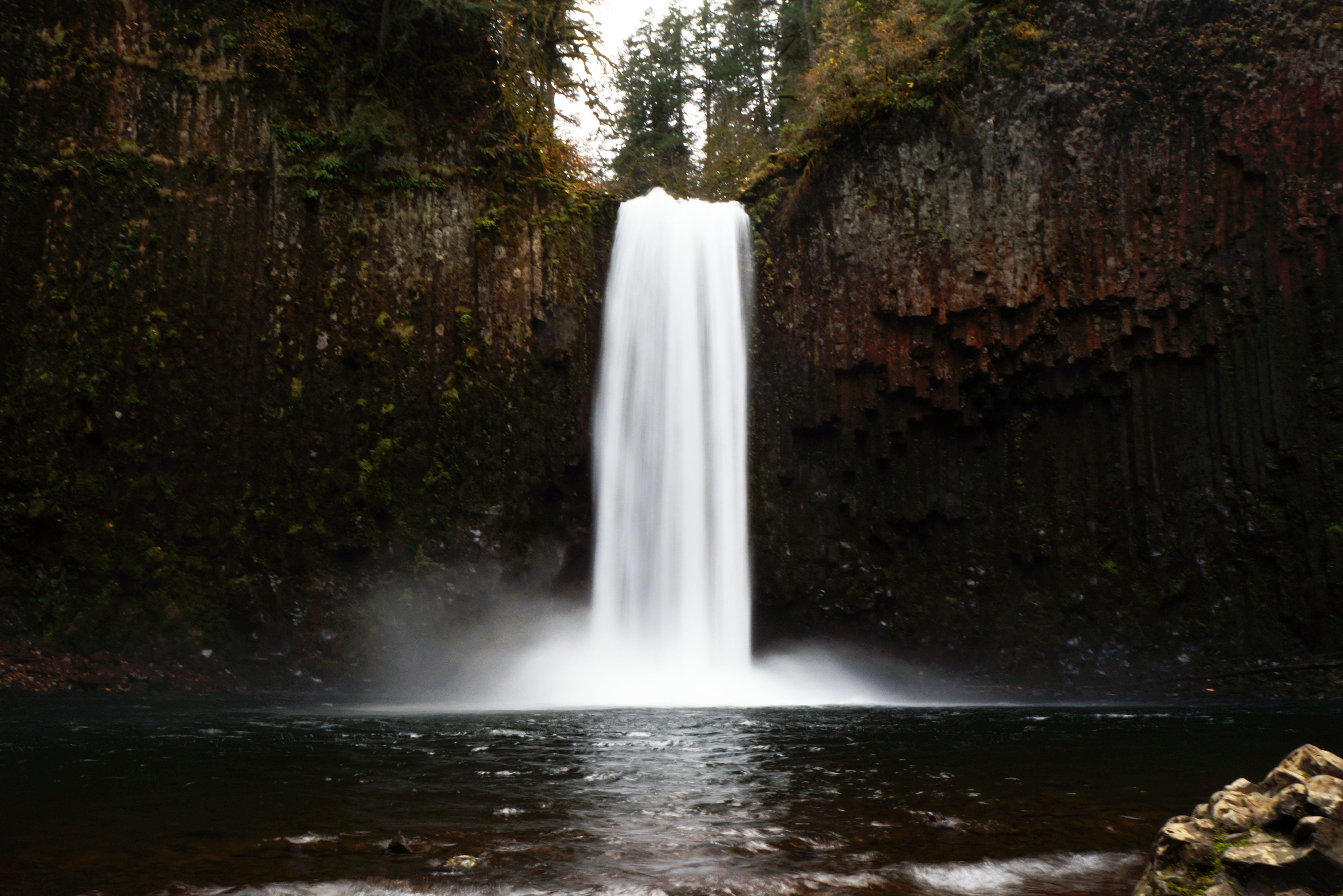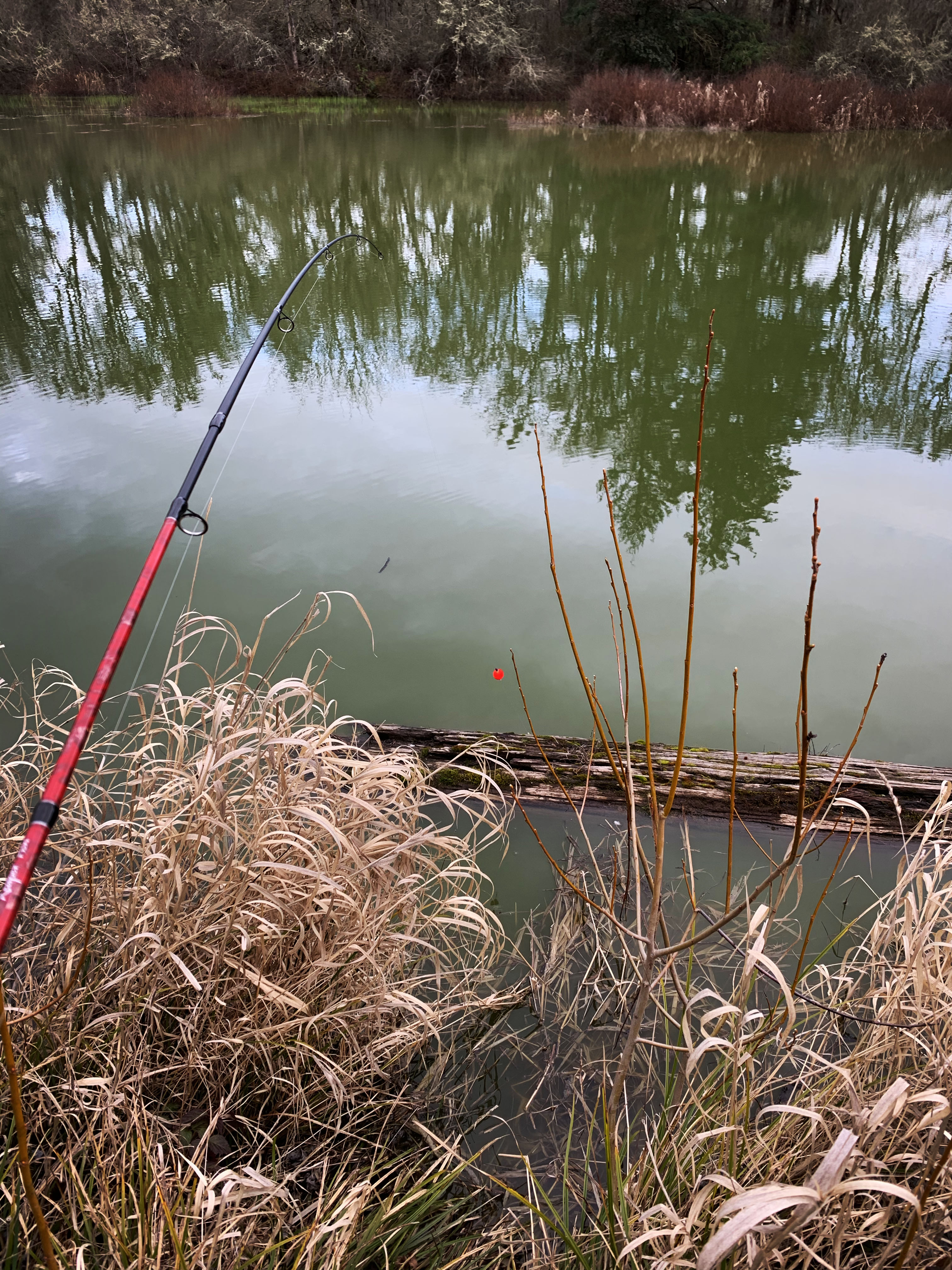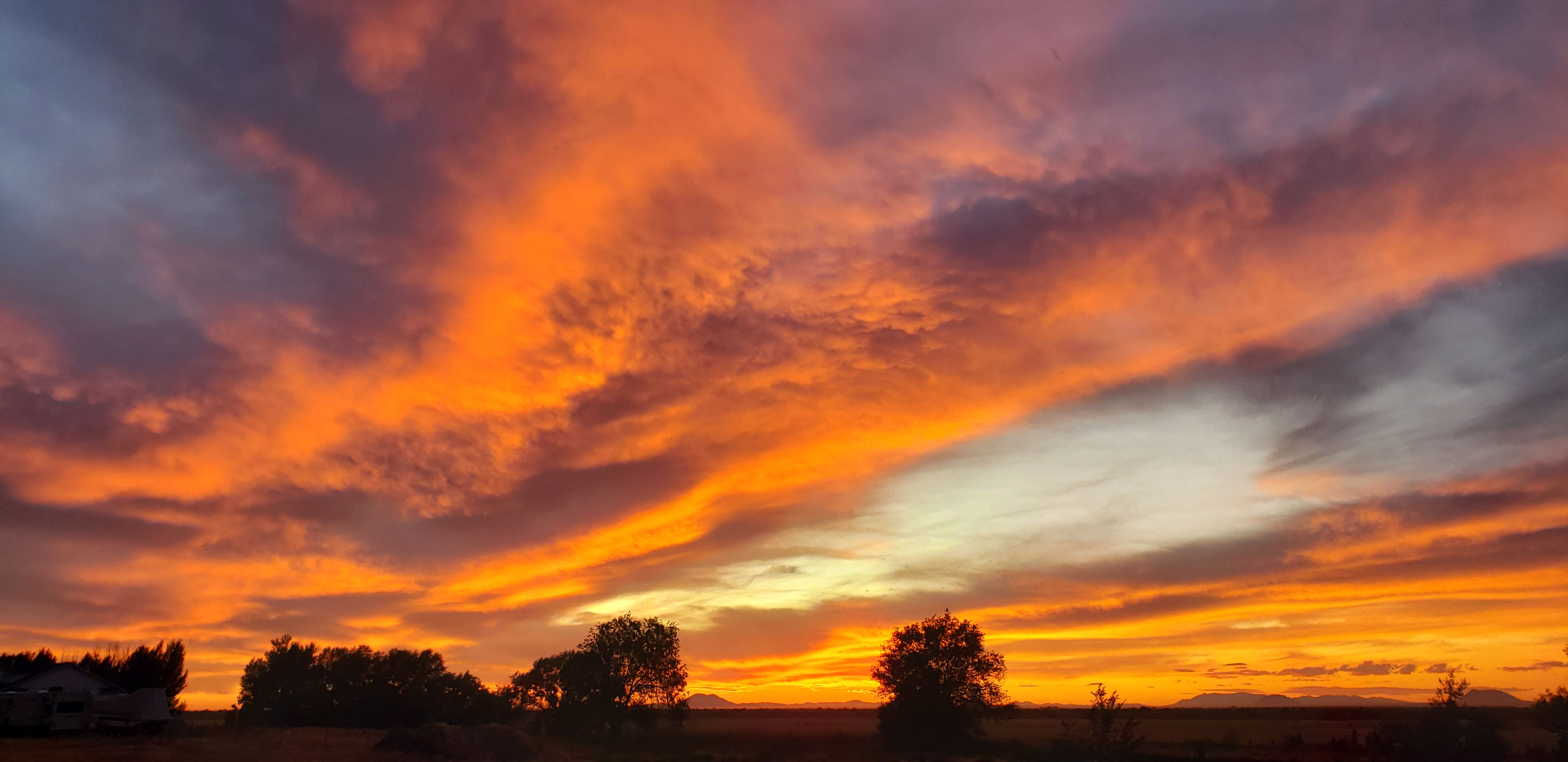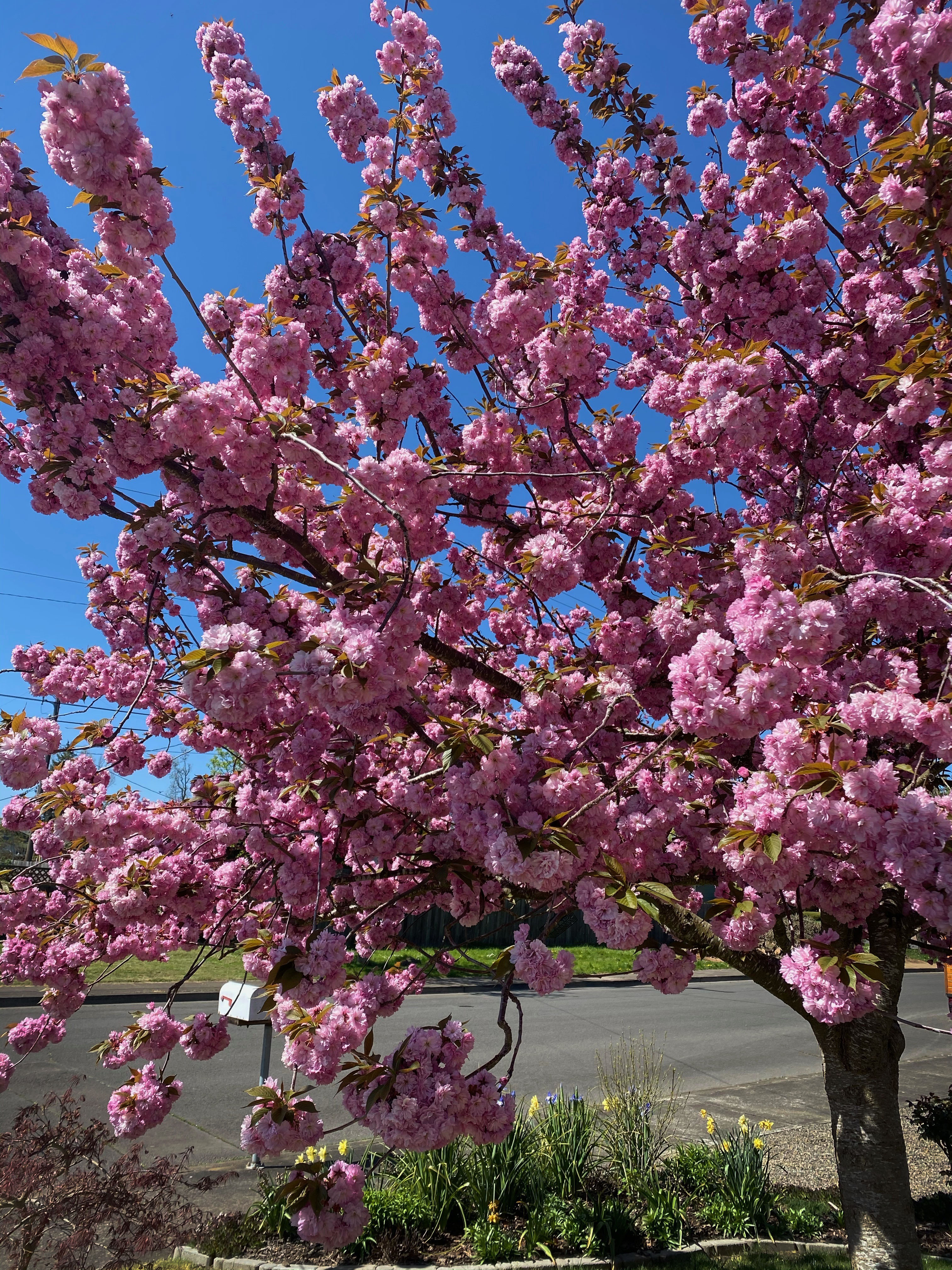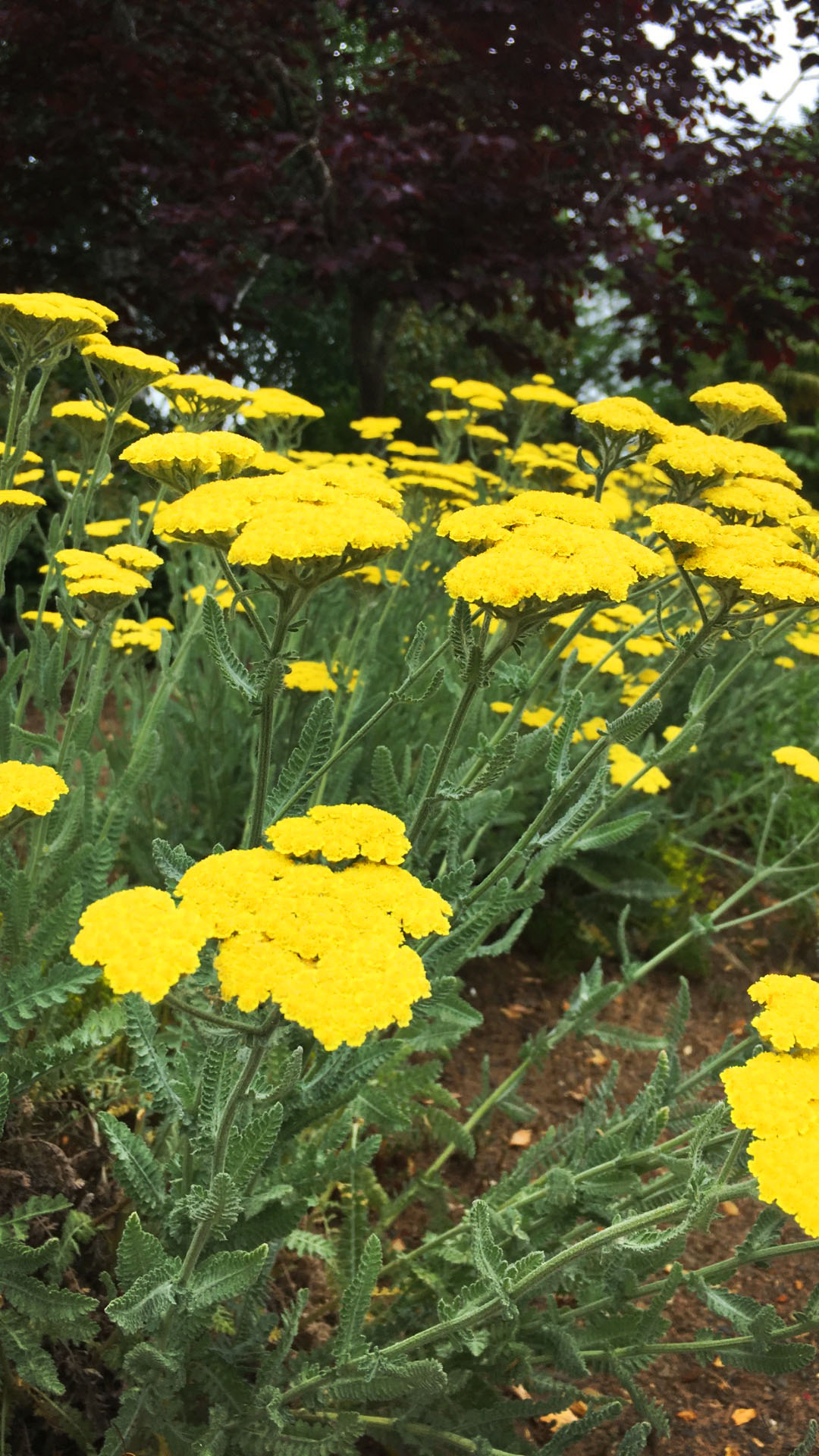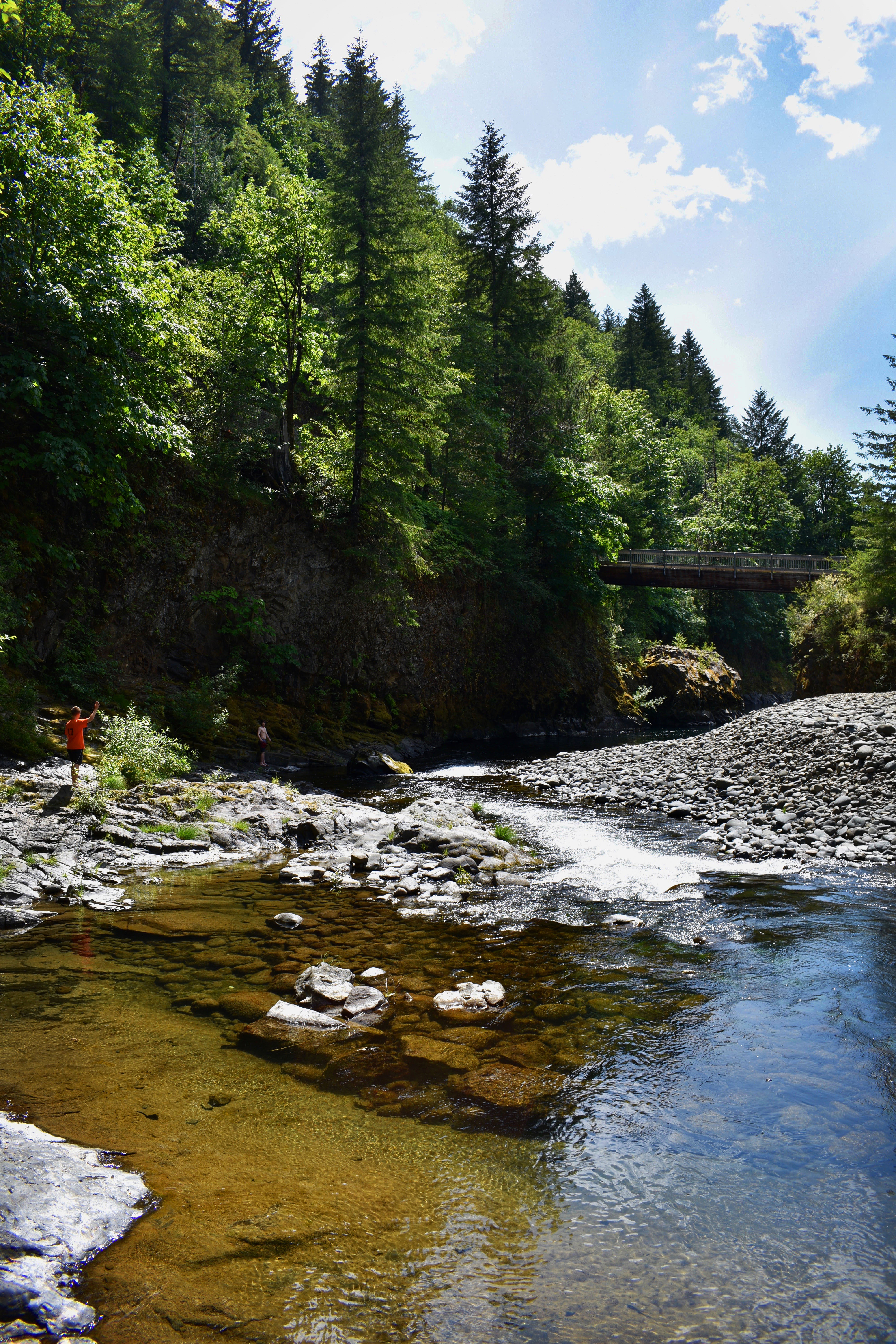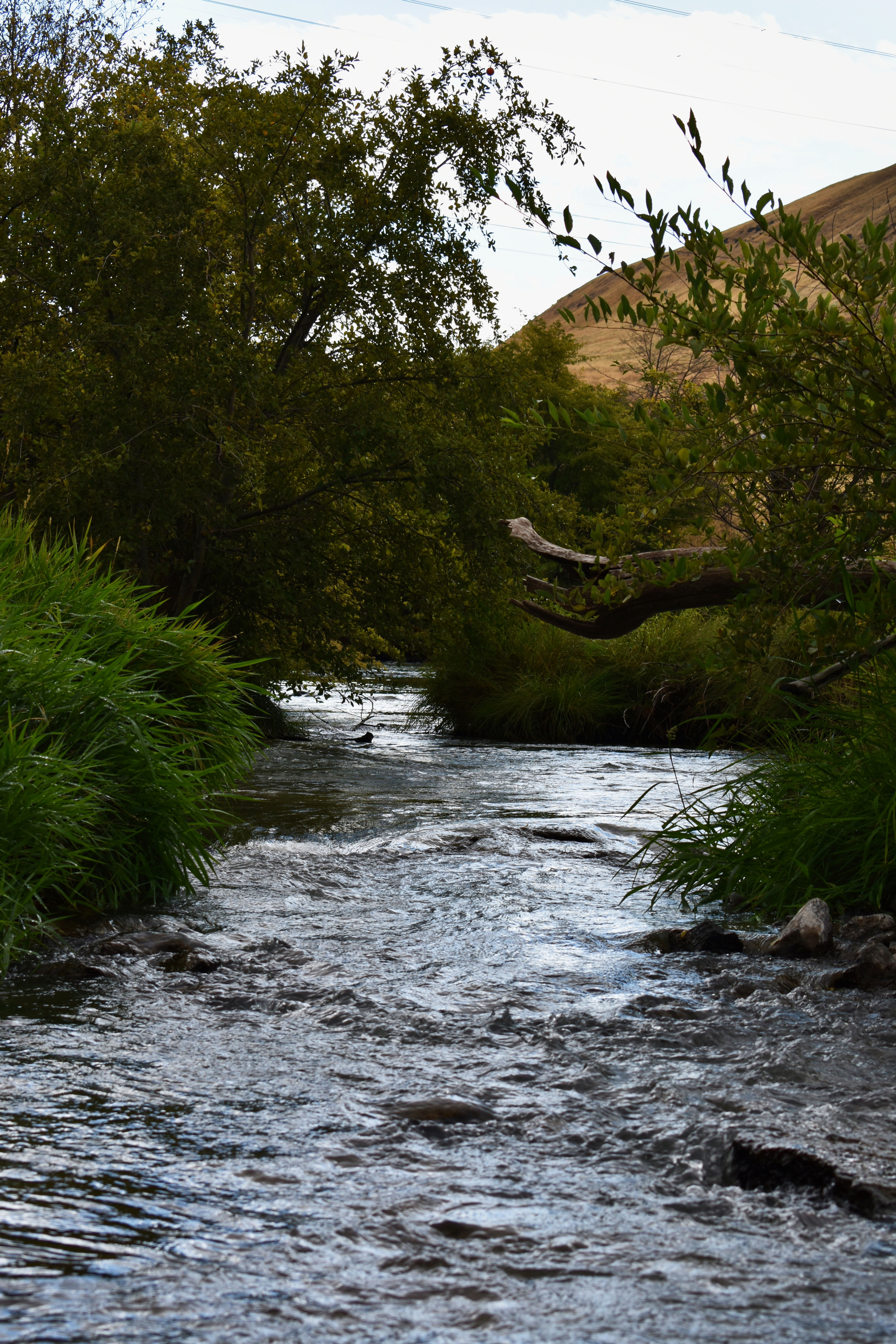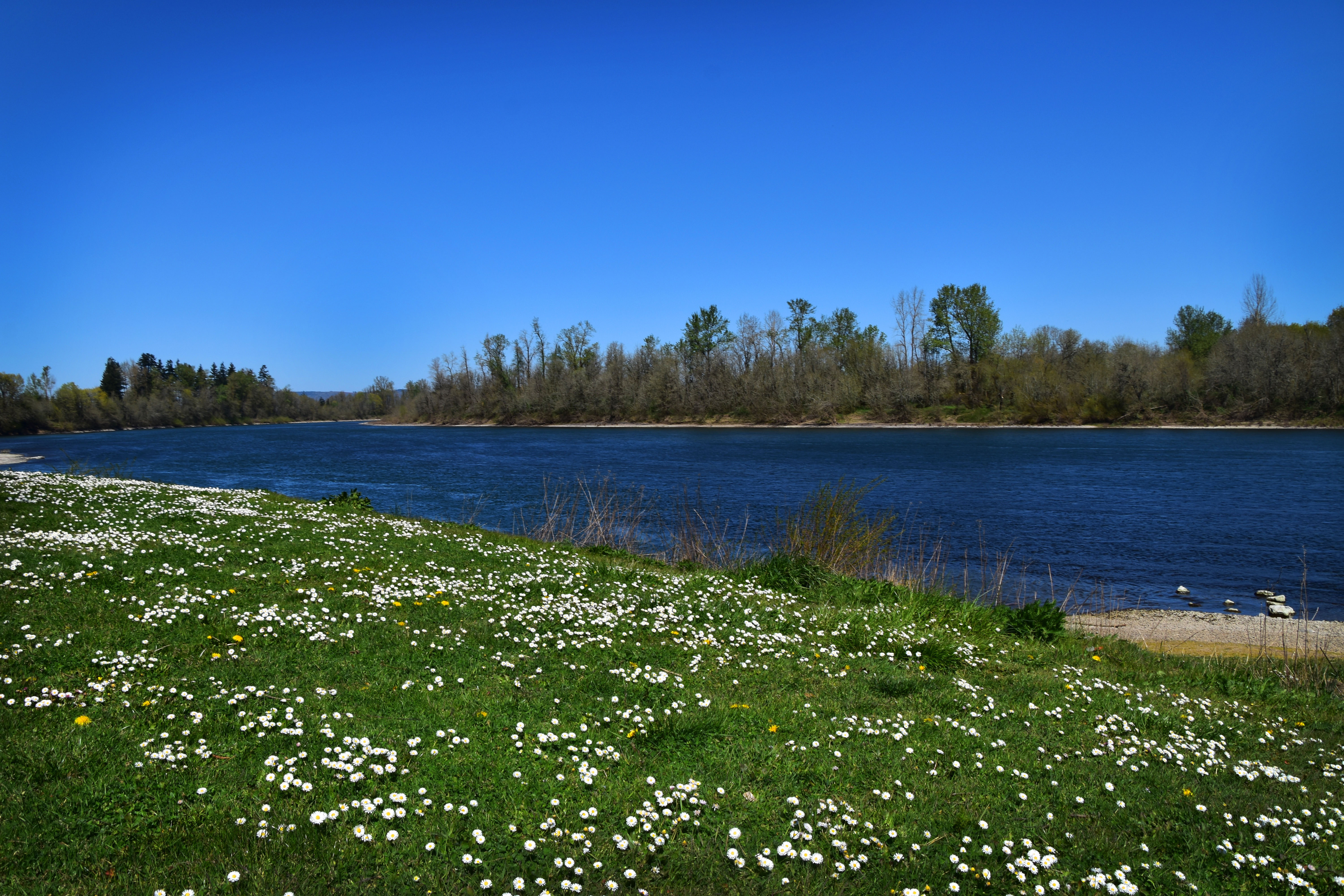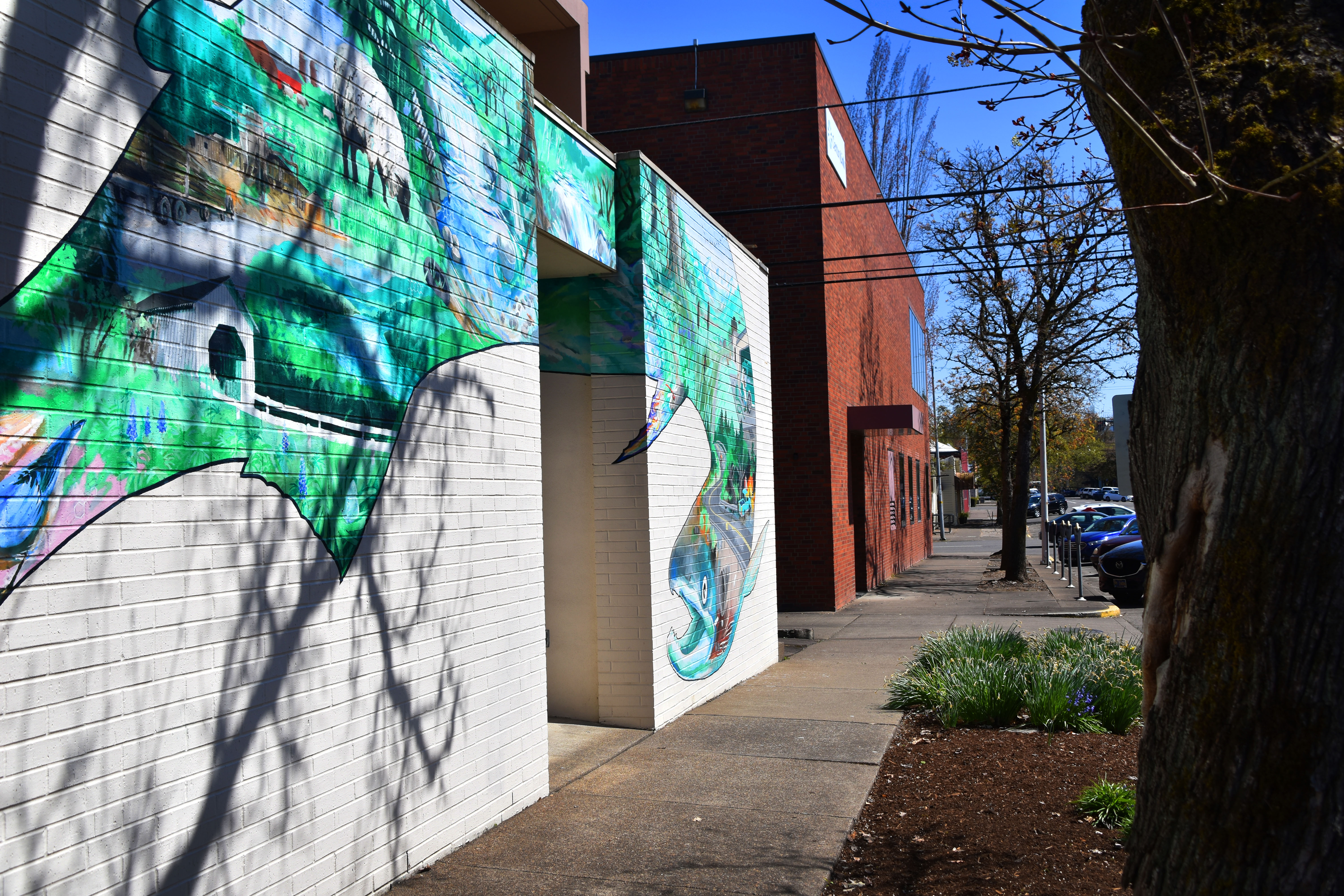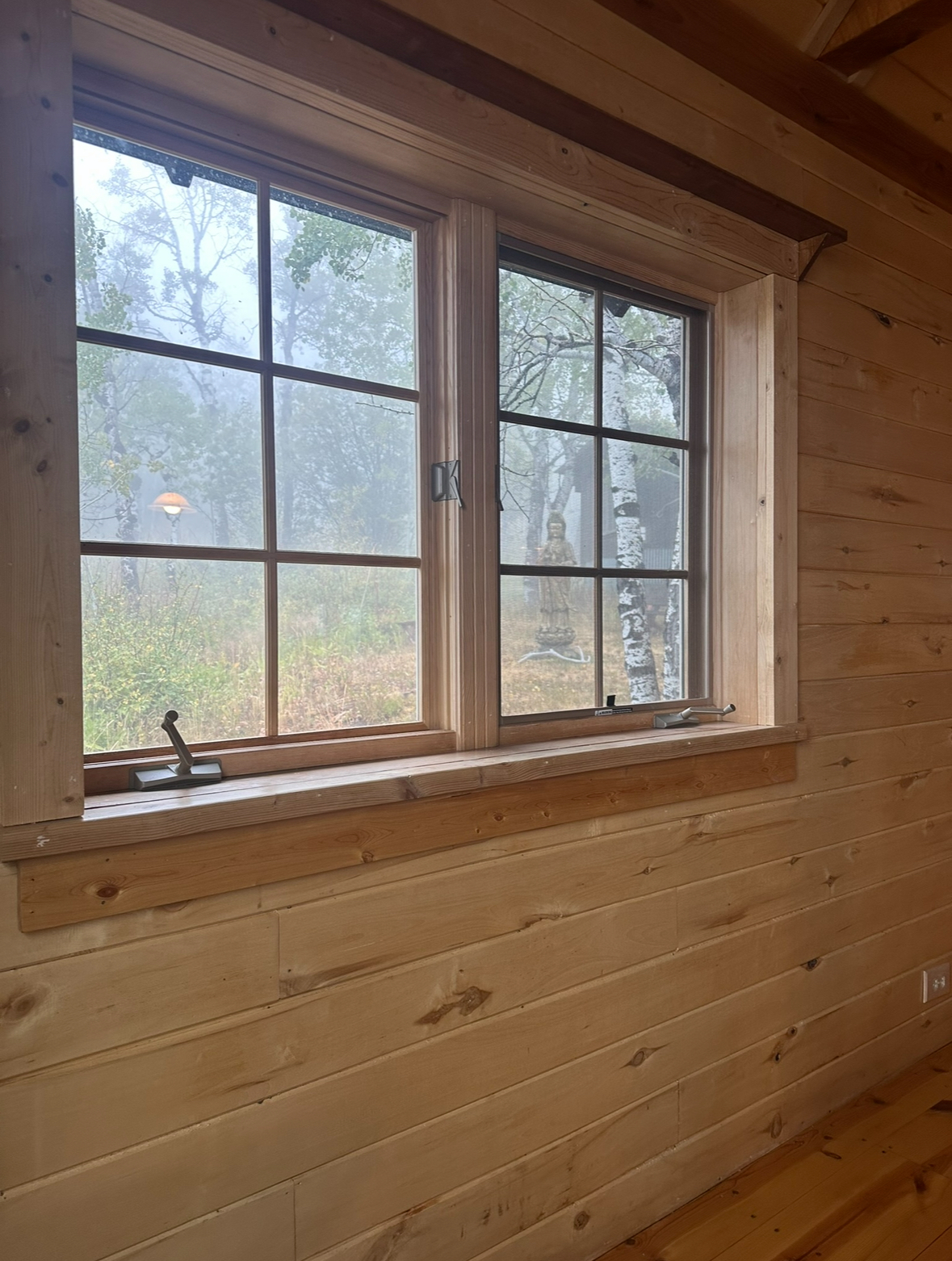
Nov 5. 2025 | Hannah Field | Editor-in-Chief
Names have been changed in this story to protect the privacy of those involved.
Wellness tourism: one of the most profitable self-care industries out there, relying on people who travel to experience varied retreats, getaways and programs to better their physical, mental or spiritual health. Most spiritual retreats indulge in various religious practices, meditation, yoga or other exercises, often claiming to build one’s spiritual toolkit — whatever that really means. Forbes estimates an industry worth of $1.2 trillion by 2028.
Be it a healthy dose of ayahuasca, glamping or straight-up mushrooms in the woods, people are obviously investing a lot of money into this practice and doing so with glee. Certainly, some demographics are targeted more than others — advertising meditation retreats and psychic channeling training tends to not appeal to the young and elderly, skipping a lot of the chronically online and offline crowds. The perfect victim of wellness tourism? Well, it’s what one would expect: white, millennial American women with money.
Whether they’re seeking out a spiritual grounding, trying to get away from the hustle of life, shape their mental fortitudes or merely attending a group retreat due to an obligation from work or friends, white women are generally at the forefront of these “spiritual retreats” advertised online. It seems that there’s this urge for women, usually moms, to seek out an outside source of healing and power, making a grounding getaway the only apparent option to establish an independent identity, separate from kids, husbands and work, and build a spiritual, psychic, intuitive skillset.
Up until now, I’ve avoided even glancing in the direction of spiritual retreats, but last fall I was invited to attend an all-women’s one-day workshop with an interesting tagline that left me zero information: “You Know What To Do.” In tiny letters beneath it, “Reclaiming Your Inner Authority.” And I, fully thinking that spiritual retreats were a complete and utter scam, could not bring myself to decline. Spoiler alert: I still think they’re a scam. I do think, however, there’s a lot more to them than I previously expected.
The first thing that stuck out to me was how little I could find out about this particular event. The first email I got simply welcomed me and stated more information was coming soon; the second told me to dress comfortably, bring water and where to show up; the third email was about the founder, Australian woman Marli-Rae Bennett, stressing over her son’s incoming driving test. At this point, I realized I had a long road of newsletters ahead of me.
The morning of was cold and foggy. I was earlier than the rest to the cabin, placed on the mountainside overlooking Glenwood Springs, CO, amidst over 100 acres of untouched land. I learned very quickly that I was a peculiar addition to the group, the only one under 35. There were about ten of us in total, seven of which were customers. The majority of us were from other states, with one woman from Alaska, and worked varied careers, a sex therapist included.
Bennett banged a gong to begin the ceremony, which was when I knew I hadn’t prepared myself adequately for what was to come. Bennett and her accomplice burned some white sage, rang multiple brass instruments over us, including a golden chalice, calling it “energetic preparation.”
We were instructed to feel and honor our bodies, straightening our spines and feeling our breath, holding our prayer beads that come from India. Bennett started a mantra in another language, which everyone seemed to know except me and which climbed in volume until everyone was cheering and whooping, until it fell short to a whisper at the end. I found it confusing and uncomfortable, and in practice felt like the middle point between a small-town youth group session and an improv class.
Following that, we “sweat our prayers,” where we held out our hands for 11 minutes and focused on our breathing. Bennett would interject occasionally with a powerful tone, saying various phrases such as “You are never alone”; “Every woman is not here by accident”; “Feel the divine feminine” and so forth. It felt a little closer to a Pilates class I took once than a spiritual retreat, considering I had no clue who we were praying to specifically, but lots of words slipped past me, such as “the Mother,” to give me some clue.
We were told to journal our intentions in one word and then share them, of which I said “to learn,” because that was the truth, and I was going to try my best to indulge. I wrote later, “We honor the body and our ‘divinity.’ We honor the ancestors. … The space is ‘sacred.’”
We felt our chakras, felt our hearts and dabbed tea tree oil behind our ears while we listened to the drums. Bennett told us to “walk in the authority of Mother Earth,” which was a nice notion, but throughout the whole session, I was never sure what any of it actually meant for me moving forward.
After our snack break — which I did not participate in nor enjoy, because it was all nut salads and beets, which I really should have anticipated — we, to my dismay, were leaving the cabin.
Turns out, half a mile away was a medicine wheel, which was described to me as an energy portal that operates somewhat like a Ouija board, and must be opened and closed, as well as respected. Upon further research, the medicine wheel is a sacred indigenous symbol representative of all knowledge, and one of the women was a stewardess and trained in the practices. I should mention the presence of a Native American woman well-involved in the culture as well.
I will admit, at the time, I was bewildered. It was raining and cold outside, and more than half of the women decided to march with their shoes off in order to be grounded better. I had never heard of an energy portal, especially considering it just looked to me like a bunch of rocks on the ground that I had to march toward in my foul mood, wet and everything. Since then, I’ve looked into the practice, at least enough to understand how it functions for the communities that rely on it. To summarize, we silently and I drearily trekked to the medicine wheel, entered it and walked clockwise, picked a direction and listened and felt through the ground. We prayed, which, might I clarify, is not a problem in any way other than I’m not culturally involved with indigenous people, nor am I spiritual in much of a way that would cause this to entice me, so it felt almost worse participating at all than just sitting out. I’m not sure how the other women felt about it, but they seemed to enjoy the practice, discussing later what directions called to them and how nice it felt to be out in nature.
If it’s any indication of how I felt about it, I wrote: “They want me to journal. I’ve been here four hours, got soaked, ate none of the healthy snacks, and I want desperately to take a nap.”
Back inside, we had a really awkward closed-eyes dancing session, with Bennett declaring that my hips were “holding energy.” We had to shake profusely as if our arms were pool noodles to loosen supposed tension.
At one point, a woman participating asked me if I had ever experienced this before, and when I said no, she said I was very lucky and that if she could go back and start these retreats earlier, she would. According to her, she had once seen a group of women in nature while hiking, singing and barefoot, and had ever since wanted to be a part of whatever she had seen, leading her here.
Our last practice was an honest and vulnerable one where each woman was instructed to share their personal messages from their heart. Internal feelings of shame, guilt and insecurity rose to the surface as each individual dished their deepest thoughts about themselves. “I feel like we need a big group hug,” said one woman at the end, which, whenever someone says that, I’m pretty sure it’s law that one has to happen, and thus concluded my seven-hour wellness retreat and cultural hodgepodge.
Marli-Rae Bennett was immediately painted to me as a pioneer of a spiritualification culture of sorts, which, no, that’s not a real word, but I used it anyway. She leads spiritual retreats for women all across the world, claiming she can help them unlock their deeper purpose, identifying the “holy feminine” and “holy masculine.” To quote one newsletter I saw, “Evolve your personal relationship with the language of cosmos … enhance every aspect of your life, and contribute to the greater collective good” — which I think sums up the whole selling point.
I think there’s a lot of incredibly valid criticism to this kind of pushy sales tactics; Bennett uses vague buzz words without clarity to pull in vulnerable consumers. Like, of course, we want to “lead, create and serve from the harmonised centre of unity consciousness.” But what does that really mean? Oh, yeah, it means dropping nearly $4,000, finding somewhere to stay in an expensive tourist town and spending all day, or sometimes multiple days, learning from Bennett, who personally told me she graduated with a degree in creative writing. On her website, she claims to have completed a doctorate in magical realism at the University of Melbourne, which is incredibly misleading because that degree itself is not a thing. What most likely happened is that Bennett has an arts or humanities PhD, with the doctorate itself specializing in the application of magical realism in theatre considering her background. I consider that to be a phony play to win the game of credentials against women who feel lost and crave stability and community, goading them into purchasing her services due to her education. Having said that, a PhD is a PhD, and I can respect the grind.
OK, maybe I’m being too harsh here, because I actually did like Bennett as a person. She had an infectious personality, a bubbly laugh and stood for a lot of things I do too, such as loud women, rejecting obedience, pursuing true passions and self-reflection. It just has to be said that I ponder the morality of the business model, which I only feel stronger about after the fact — simultaneously, however, I feel a little torn on the customer base.
Thinking about it beforehand, I had fallen headfirst into the “oh, those millennial white women again” trope I see everywhere now. If they have the money for a spiritual retreat to try to solve their problems, why not attend therapy instead? Why spend their time piggybacking off of indigenous practices, pretending they know anything about the different communities they’re hijacking spirituality from? And, don’t get me wrong, that’s a whole separate problem of privilege and cultural appropriation, one that I am much less qualified to speak on.
Yet, when I was actually present with those women, watching them cry and listen to them yell and bond, I couldn’t help but empathize. They spent their own money and took the time to fly to Colorado for this event because it was what they not only wanted to do, but felt like they needed to do. There’s some release in this for them, some pressure building of societal expectations and home lives and stressors I do not have myself, that is let go when they’re around like-minded women.
Some of these women were truly struggling. They felt lonely, unheard, unloved; multiple of them claimed they felt they weren’t beautiful or worthy of love during vulnerable moments where we were made to share some of our deeper thoughts. One shared very personal anecdotes of her mother’s abuse; another sobbed when discussing how her family’s dynamics changed drastically toward her after her brother was put in prison.
It begs the larger question, not of “Should these women be spending their money on this?” but rather, “What is so wrong with our society that women feel that this is the only way to heal?”
On the other end, some of these women were there out of pure enjoyment, indulging in the drums and singing along, barefoot in nature. There are a lot of worse things we could be paying for, like fast food or Botox or something.
In a way, I think Marli-Rae Bennett herself is reliving pain through these retreats. I saw her shed tears like the rest, and it should speak at least a little bit to her character. I find it hard to believe her intentions are malicious. I just wonder if this is something that actually works for people or not, if women feel better in the long run, but I did see a match strike in a circle of women who just needed someone to listen and understand.
Ultimately, would I ever tell anybody what to do with their time and money? Absolutely not. This was simply not my cup of tea. If a woman is craving a spiritual getaway with other women who believe in the same universal magic, then I think this is a wonderful opportunity for them to connect and grow. But any spiritual workshops with such a hefty entry fee call me to question the integrity of the intuitive leader, who wrote after our session in a letter, “I trust the Mother Goddess. This seemingly subtle shift has moved me from doubt and worry to a deep and abiding sense of ease, soul nourishment and safety in my being, and trust in the Divine,” which transitioned into, “If you want to make this subconscious shift for yourself … scroll down for more insight into creating the sacrament of marriage within your own being.”
Contact the author at howleditorinchief@mail.wou.edu



